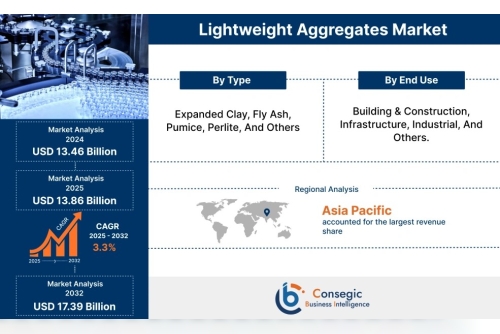China is the largest user of electric buses in the world, with the International Energy Agency (IEA) saying that 104 thousand of them were registered here in 2017. P&S Intelligence’s 2017 projections for the Chinese electric bus market stand at a similar 104.3 thousand units, with the sales volume expected to reach 176.4 thousand units by 2025, at an 8.6% CAGR during 2018–2025. Additionally, the IEA says that of the around 500,00 of these vehicles in operation around the world, most are in China.
This has been a result of the massive subsidies and other benefits being offered by the People’s government for clean mobility, although at a smaller degree since 2016. Overall, the government aims to transition 40% of its automobile fleet to clean-energy variants by 2030. For this, apart from offering purchase subsidies, the government offers operational subsidies of up to RMB 640,000 on battery electric buses (BEBs) over 10 meters in length. Moreover, up till December 31, 2020, new-energy buses were either not subject to vehicle purchasing tax, or the tax was deductible.
Apart from the nationwide targets, China also has specific electric bus targets for certain provinces and cities. For instance, in the central and sub-center areas of Beijing, only clean buses have been allowed since 2020. Similarly, by the end of last year, all of Shanghai’s 18,529 conventional buses were to be replaced by electric variants, while the replacement targets for the Jiangsu province and Guangzhou were set at 80% of 44,239 and 100% of 14,074 conventional buses, respectively.
To accelerate the transition, several other cities and provinces in the country are offering their own benefits to the users of BEBs. For instance, in Shenzhen, a standard subsidy of up to RMB 90,000 was being provided on the purchase of such automobiles in 2018. Similarly, in Nanjing, if the operational cost of an e-bus is still higher than a conventional one after the deduction of the subsidy, the depreciation cost of the clean variant is calculated differently and an operational incentive is also offered.
The government initiatives go far beyond purchase and operational subsidies, also including the setting up of electric bus charging stations across the country. For instance, the Guangdong province had planned to have 590 of these operational by 2020. Similarly, the targets set by Nanjing and Zhengzhou were for 549 and 143 charging stations, respectively, by 2020. Since bus sales are directly influenced by the availability of charging points, such measures are expected to continue to boost the demand for electric buses, especially BEBs, in China in the coming years.
Another key reason behind the Chinese electric bus market advance is the falling prices of batteries. Since these energy storage devices account for almost 40% of the bus price, their reduction is necessary in order to encourage mass electric bus adoption. With continuous technological advancements and production output augmentation, lithium-ion battery prices for large orders have already come down to $240 per kilowatt-hour (kWh) in 2016 from $540/kWh in 2012. Thus, even though the subsidies on e-bus purchase have been reduced, the declining battery prices are expected to make up for it and continue to push vehicle sales.
Thus, with individual cities and provinces complementing the central government’s efforts to clean up China’s air, electric bus sales are set to keep increasing here.












